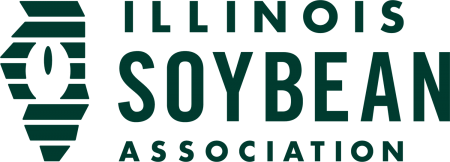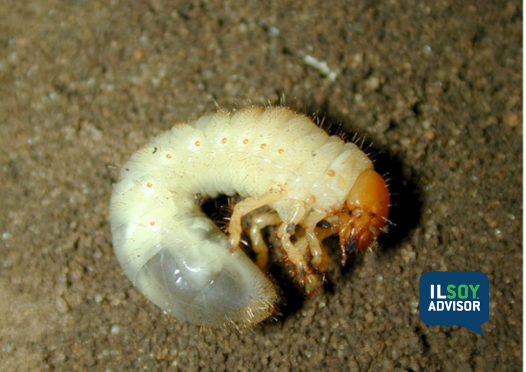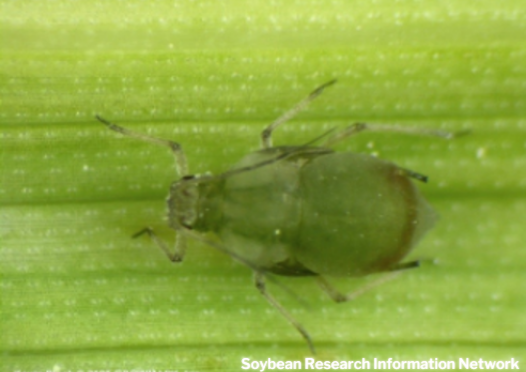ILSOYADVISOR POST
WEBINAR: Insect Pest Management in Soybeans: What to Watch Out for in 2020
This webinar will focus on season-long insect pest management in soybeans. We will discuss biology, damage potential and management tactics for dectes stem borer, stink bugs and defoliating insects.
1 CEU in Integrated Pest Management
Presenter: Nick Seiter, Research Assistant Professor, Field Crop Entomology at the University of Illinois at Urbana-Champaign
Dr. Nick Seiter is a Research Assistant Professor of Field Crop Entomology at the University of Illinois. He develops management recommendations for insect pests of soybean and corn. He has a Ph.D. in entomology from Clemson University, and bachelor's and master's degrees in entomology from Purdue University.
- Dectes Stem Borer
- Dark brown frass lines tunnels of soybean stem
- Larvae are cannibalistic and will eat other larvae
- Indication of larvae – a pile of sawdust when dectes larvae girdle the main stem
- Management:
- Chemical control is not recommended at this time – would take multiple applications to get control
- Prevent lodging with a timely harvest
- Identify infested fields during late summer and as harvest approaches: wilted petioles, larval tunneling, sawdust piles
- More likely to have infestations in no-till fields
- Stink Bugs
- Populations are typically highest in late R5/R6 in Illinois
- Several species – green and brown
- Brown stink bugs are more difficult to control with chemical
- Brown Marmorated Stink Bug – invasive species increasing in population
- Haven’t seen big issues in soybeans yet
- Better at avoiding detection
- Redbanded Stink Bug – major issue in the mid-southern US
- More damaging than other species in soybeans
- Mouth part is larger and can ingest more material
- Stronger preference for soybeans and legumes
- Has not been a major issue in Illinois yet
- Management in Illinois
- Most infestations occur late in season (R5-R6)
- Preventative insecticide sprays are not effective because of short residual
- Scout during R5-R6
- Economic thresholds: Sweep-net nine stink bugs in 25 sweeps; drop cloth one stink bug per row-ft
- Defoliators
- Most defoliation we see in Illinois is cosmetic – soybeans tolerate a lot of defoliation, especially in vegetative stages – economic threshold is 30%
- Armyworms and Stand Loss
- Scout when soybeans follow a grass or in a field near wheat
- Rye cover crop is also very attractive





Comments
Add new comment